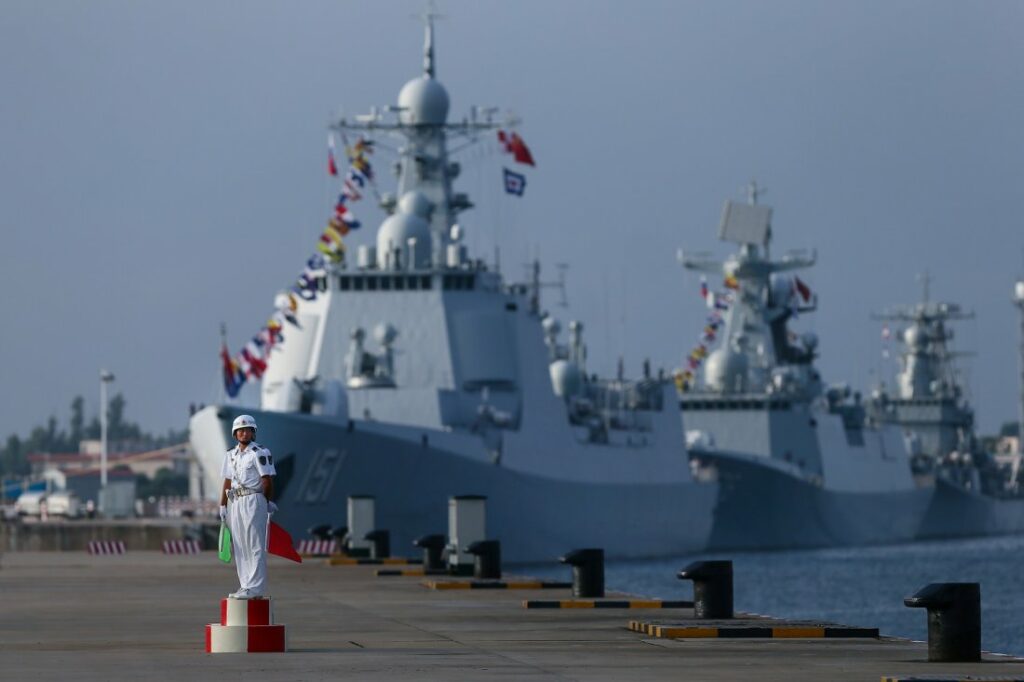
The People’s Liberation Army Navy (PLAN) surpassed the US Navy in fleet size sometime around 2020 and now has around 340 warships, according to the DoD’s 2022 China Military Power Report, released in November. China’s fleet is expected to grow to 400 ships in the next two years, the report says.
Meanwhile, the U.S. fleet consists of fewer than 300 ships, with a Pentagon goal of 350 manned ships by 2045, according to the U.S. Navy’s Navigation Plan 2022, released last summer.
The key metric is the “blue water navy”. That is the maritime force capable of operating globally, essentially across open oceans. While definitions of what actually constitutes such a force vary, the constant is a requirement for the ability to exercise sea control at long range. In other words, the more dominant a nation’s blue-water navy, the better chance that nation has of controlling the world’s strategic sea lanes. (Red State)
Meanwhile in America
Secretary of the Navy Carlos Del Toro said he sees fighting climate change as a top priority for the Navy as the Biden administration proposes shrinking the fleet by two ships and worries grow about how the U.S. Navy stacks up to China’s.
“As the Secretary of the Navy, I can tell you that I have made climate one of my top priorities since the first day I came into office,” Del Toro said March 1 in remarks at the University of the Bahamas. FoxNews. “The U.S. Navy and Marine Corps team has been working on climate and energy security for a long time,” he said. “And we are accelerating and broadening those efforts.”